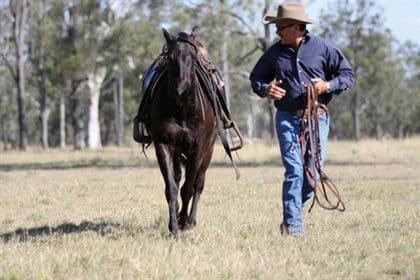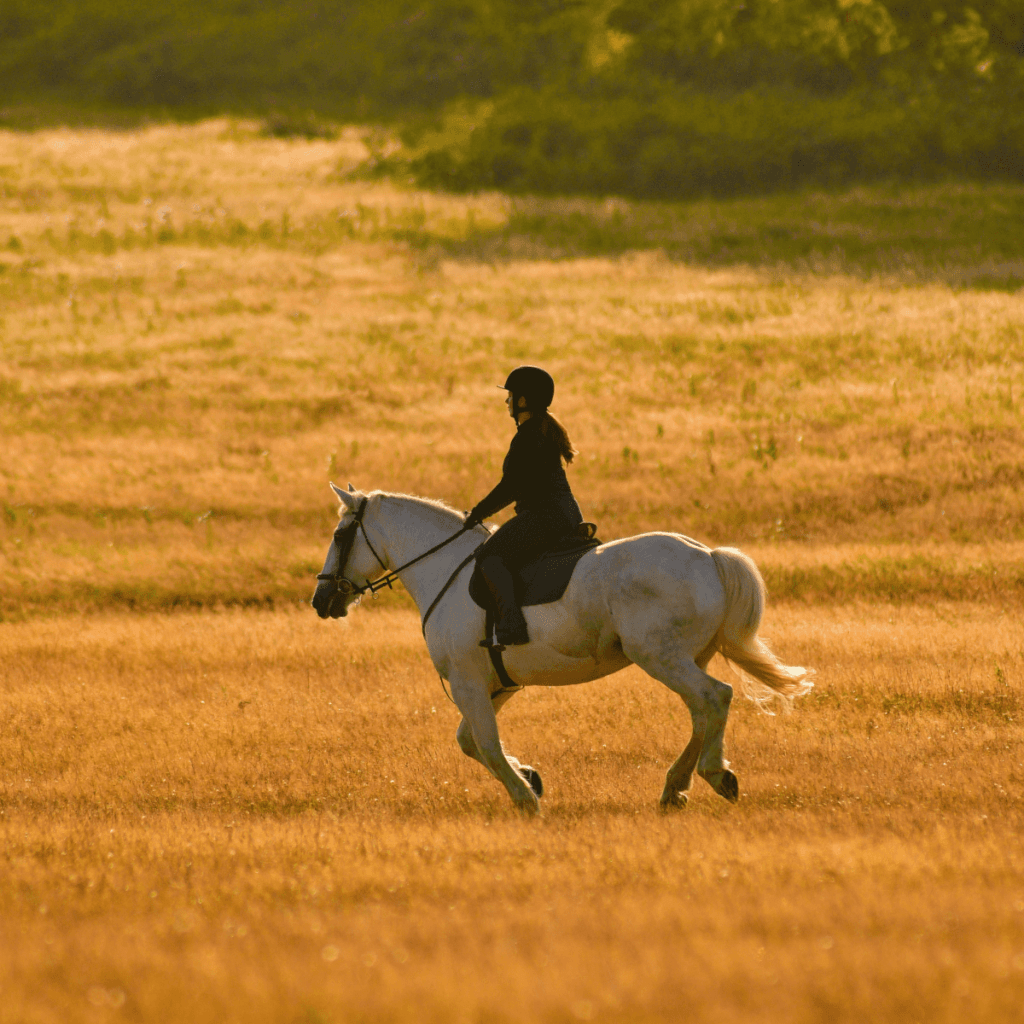Natural horsemanship is a philosophy that emphasizes building a partnership between horse and rider through understanding, communication, and mutual respect.
Unlike traditional training methods that often rely on dominance and control, natural horsemanship seeks to foster a cooperative relationship. Here are the eight key principles that guide this approach and can greatly enhance your connection with your horse.
1. Understanding Horse Behavior
The first principle of natural horsemanship is to develop a deep understanding of horse behavior. Horses are prey animals, and their instincts are shaped by millions of years of evolution. They react to their environment with a focus on safety and survival.
Key Insights:
- Herd Mentality: Horses are naturally social animals that thrive in groups. Understanding their herd instincts can help riders create a more secure environment for their horses.
- Body Language: Horses communicate largely through body language, including ear position, tail movement, and posture. By learning to read these signals, riders can respond appropriately and build trust.
For instance, if a horse pins its ears back, it may be feeling threatened or annoyed. Recognizing such signs allows riders to adjust their approach, ensuring that the horse feels safe and understood.
2. Building Trust
Trust is the cornerstone of any successful relationship with a horse. In natural horsemanship, riders must earn their horse’s trust through consistent and gentle handling. This principle emphasizes that trust must be cultivated over time and through positive experiences.
- Quality Time: Spend time with your horse outside of riding. Grooming, feeding, or just being nearby can strengthen your bond.
- Positive Reinforcement: Use treats, praise, or gentle pats to reward desired behaviors. This not only reinforces good actions but also builds a positive association with you.
A horse that trusts its rider is more likely to engage willingly in training, making the entire process more enjoyable and effective.
3. Clear Communication
Effective communication is vital in establishing a successful partnership with your horse. Natural horsemanship teaches riders to use subtle cues rather than forceful commands. This principle fosters a dialogue between horse and rider, allowing for better understanding.
Techniques to Enhance Communication:
- Light Cues: Use gentle shifts in body weight or soft verbal commands to communicate your intentions. For example, leaning slightly forward can signal a desire to move forward.
- Consistency: Be consistent with your cues. If you use a specific signal for a behavior, ensure that you use the same cue every time to avoid confusion.
By maintaining clear and consistent communication, you can create a responsive and engaged horse.
4. Patience and Persistence
Training a horse is not an overnight process. Natural horsemanship emphasizes the importance of patience and persistence. Each horse learns at its own pace, and rushing the training can lead to frustration for both horse and rider.
Tips for Practicing Patience:
- Break Tasks Down: Divide larger tasks into smaller, manageable steps. Celebrate each small success to keep both you and your horse motivated.
- Stay Calm: If things aren’t going as planned, take a step back. Frustration can lead to mistakes and can erode the trust you’ve built.
Patience not only helps in training but also creates a more enjoyable experience for both you and your horse.
5.Patience and Persistence
Respecting the horse as a sentient being with its own thoughts and feelings is fundamental in natural horsemanship. This principle promotes a partnership based on equality rather than hierarchy.
How to Show Respect:
- Listen to Your Horse: Pay attention to your horse’s needs and preferences. If your horse seems uncomfortable or resistant, take a moment to reassess the situation.
- Avoid Force: Use gentle methods to encourage compliance rather than forcing the horse into uncomfortable situations. Forcing can lead to fear and mistrust.
When respect is mutual, the bond between horse and rider deepens, creating a harmonious partnership.
6. Safety First
Safety is paramount in all equestrian activities. Natural horsemanship teaches riders to prioritize the well-being of both the horse and themselves. A safe environment is crucial for effective learning and bonding.
Safety Practices:
- Proper Equipment: Ensure that all equipment fits correctly and is appropriate for the horse’s size and shape. Poorly fitting tack can cause discomfort and lead to behavioral issues.
- Awareness: Always be aware of your surroundings and your horse’s reactions. Understanding how to read your horse’s body language can prevent accidents.
A focus on safety not only protects both horse and rider but also fosters a trusting atmosphere for training.
7. Groundwork Fundamentals
Groundwork is a critical component of natural horsemanship. It helps establish communication and trust before riding. Groundwork exercises allow riders to work on their relationship with the horse without the pressure of being mounted.
Groundwork Exercises to Try:
- Leading and Stopping: Teach your horse to follow you calmly and stop when you do. This basic exercise reinforces respect and attentiveness.
- Desensitization: Gradually introduce your horse to various stimuli—such as flags, tarps, or noises—to build confidence and reduce fear.
Engaging in groundwork lays a solid foundation for riding and enhances your partnership.
8. Lifelong Learning
Natural horsemanship is a journey of continuous learning. Riders are encouraged to seek out new knowledge and experiences to improve their skills and deepen their understanding of horses.
Resources for Lifelong Learning:
- Workshops and Clinics: Attend events led by experienced trainers to learn new techniques and gain insights.
- Books and Videos: Explore resources that focus on natural horsemanship principles and practices.
Embracing a mindset of lifelong learning not only enriches your relationship with your horse but also enhances your overall equestrian experience.




